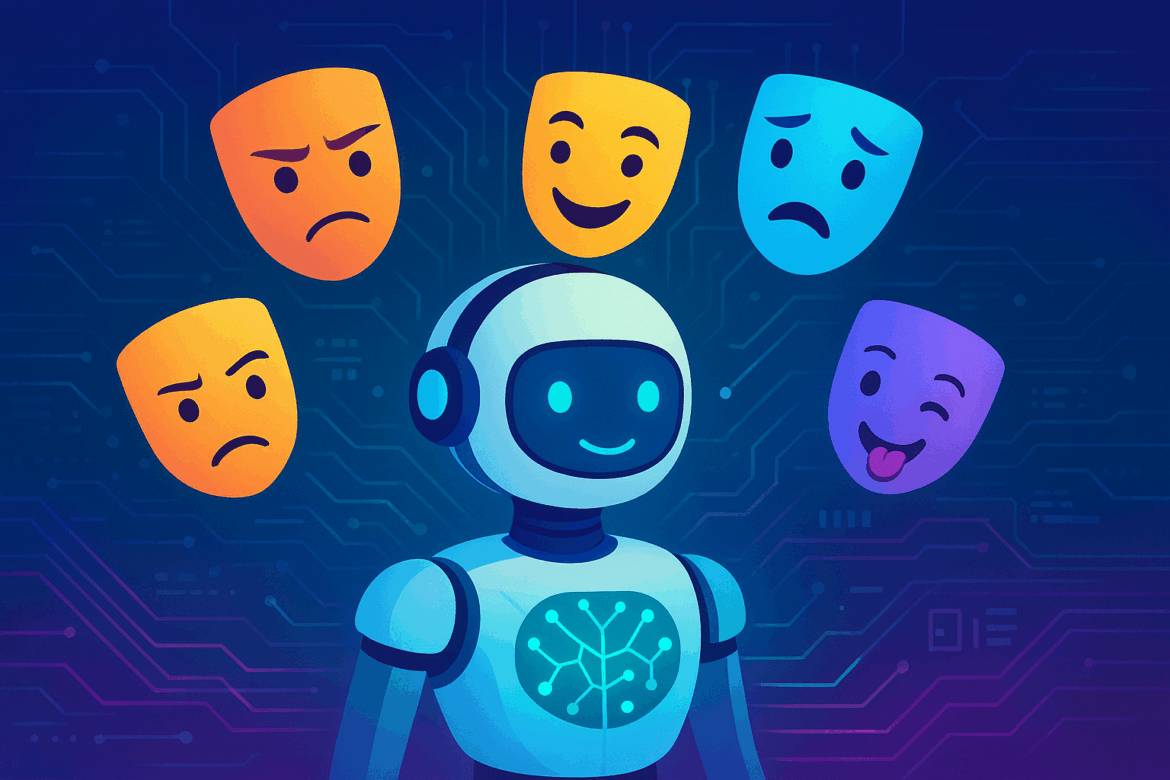AI has become a part of our everyday lives. But have you noticed that chatbots sometimes change their tone, give weird answers, or even sound like different people? This happens because of what researchers call “persona vectors.” Let’s break it down in simple terms.
🔍 What Are Persona Vectors?
Every large AI model (like ChatGPT or Claude) has hidden patterns that shape how the AI talks and acts. These patterns are called persona vectors.
You can think of persona vectors as personality switches inside the AI. Depending on which switch is on, the AI might:
- Talk in a formal way like a teacher
- Be friendly like a buddy
- Or even give responses that seem unsure or wrong
⚠️ Why Does AI Sometimes Behave Oddly?
Since more than one personality trait can be active, the AI might switch its “mood” mid-conversation. That’s why you sometimes notice:
- Shifts in tone (professional one minute casual the next)
- Conflicting answers to the same question
- Made-up information, which means inventing facts that aren’t true
This behavior isn’t always on purpose—it’s just how the AI’s hidden settings function.
✅ How Are Scientists Tackling This Problem?
Researchers and AI firms are putting in effort to boost AI reliability. A few of the approaches include:
- Managing personality vectors to help the AI maintain a consistent response style
- Introducing safety guidelines to minimize abrupt changes in answers
- Transparent AI (XAI), which aids our understanding of AI’s reasoning behind specific responses
🌍 Why Does This Matter to You?
AI stability has implications for everyone:
- For companies → Steady AI outputs build client confidence
- For experts → Dependable AI proves safer in fields like medicine legal practice, and banking
- For those who make content → It guarantees AI-produced material aligns with brand voice and steers clear of mistakes
📝 Closing Thoughts
Persona vectors shed light on why AI can feel unpredictable at times. The upside is that scientists are figuring out how to control them, which makes AI tools more dependable, precise, and e
